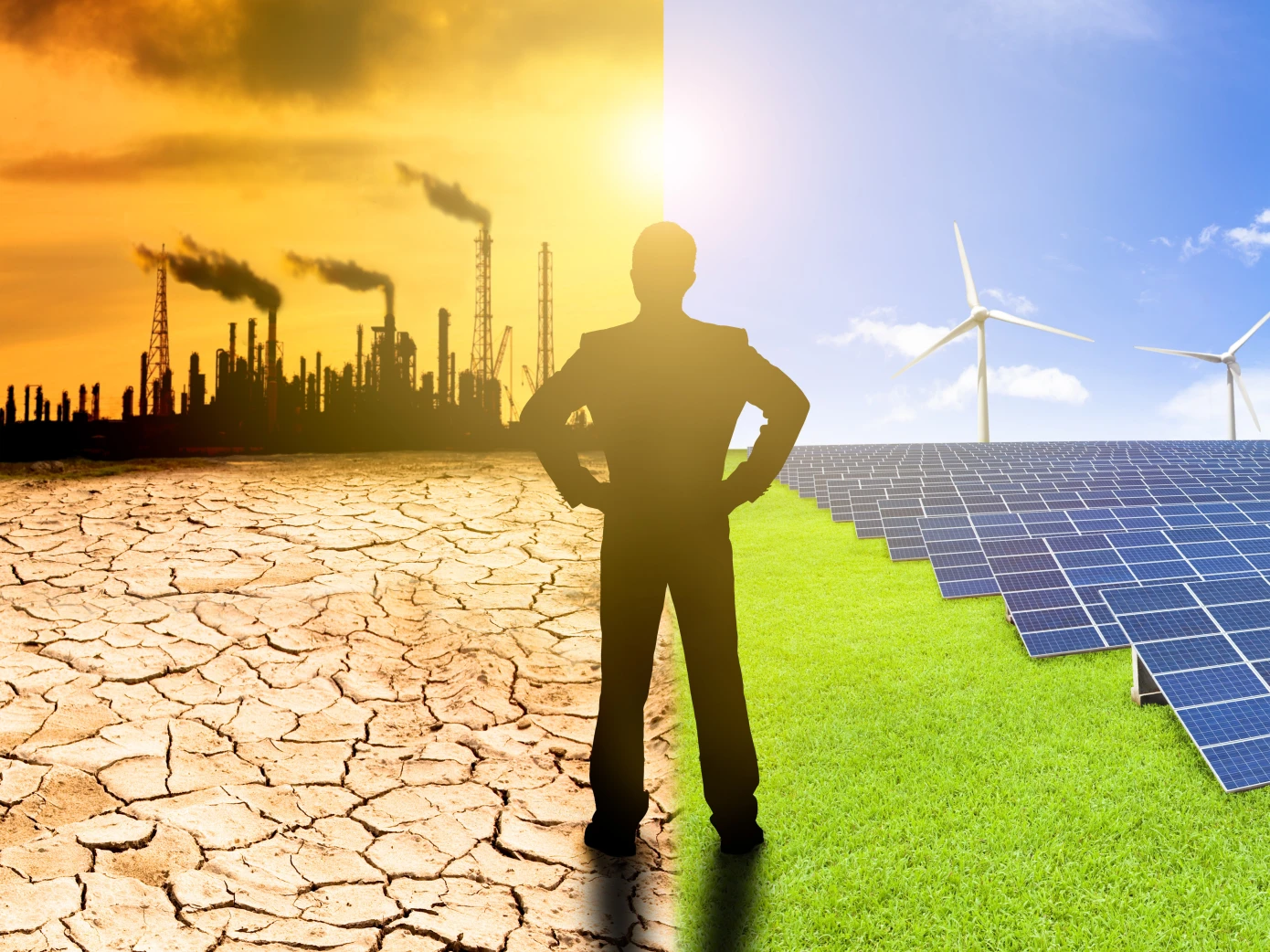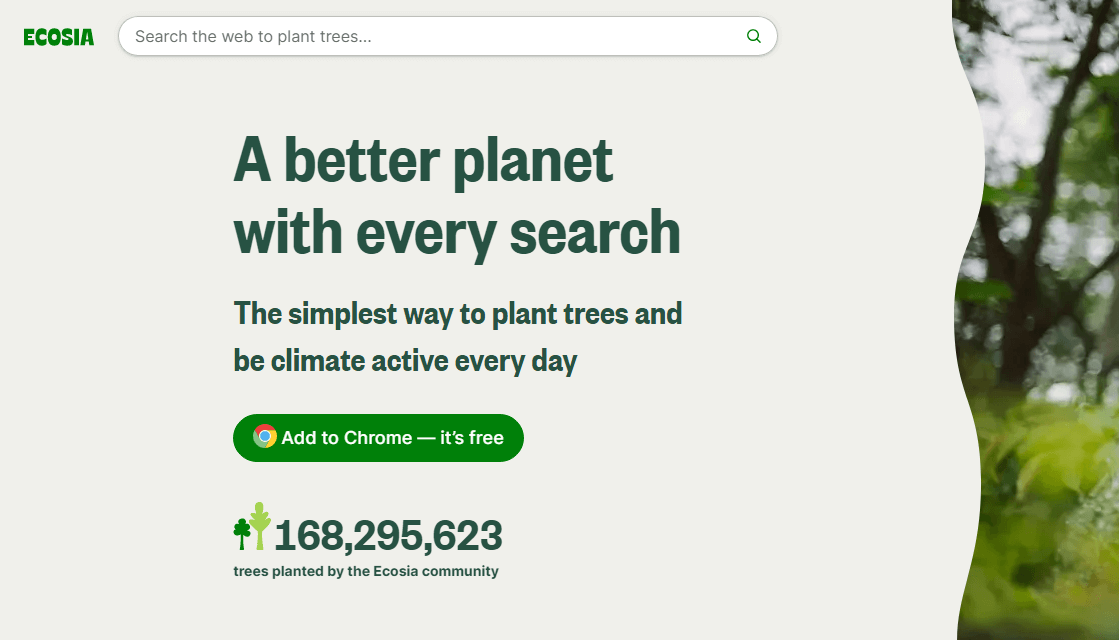Dive into the Details of Korindo Group: Exploring its Diverse Businesses and Commitment to Sustainability
In today’s dynamic business landscape, multinational conglomerates play a crucial role in driving economic growth and fostering sustainability. One such prominent conglomerate is the Korindo Group. This article aims to provide a comprehensive overview of the Korindo Group, delving into its various sectors, noteworthy projects, and its strong commitment to social responsibility. Furthermore, we will explore the conglomerate’s global presence and its relentless dedication to sustainable practices. Join us on this enlightening journey as we unravel the intriguing facets of the Korindo Group.
History and Background
The Korindo Group, founded in 1969, has established itself as a leading conglomerate with a remarkable legacy. Its roots can be traced back to South Korea, where it initially focused on timber processing. Over the years, the group has expanded its operations and diversified its portfolio to encompass a wide range of industries.
Sectors and Diversified Businesses
The Korindo Group operates across multiple sectors, showcasing its versatility and adaptability in today’s ever-evolving business landscape. Some of its key sectors include:
Forestry
The group’s roots lie in forestry, making it an expert in sustainable timber processing. Through responsible forestry practices, Korindo ensures the preservation of natural resources while meeting the global demand for wood products.
Plantations
Korindo has made significant investments in establishing and managing oil palm and rubber plantations. These plantations not only contribute to the conglomerate’s value chain but also foster economic development and create employment opportunities in the regions where they operate.
Manufacturing
With a strong focus on manufacturing, the Korindo Group operates numerous factories across various industries. From automotive components to construction materials, the conglomerate plays a vital role in the production and supply chain of diverse products.
Energy
Korindo recognizes the importance of renewable energy sources and has ventured into the field of clean energy. The group invests in renewable energy projects such as solar and hydroelectric power, further emphasizing its commitment to sustainability.
Noteworthy Projects
The Korindo Group’s commitment to excellence is evident through its involvement in several remarkable projects. Some notable projects include:
Infrastructure Development
The conglomerate actively participates in infrastructure development projects, contributing to the growth and modernization of communities. These projects range from constructing roads and bridges to developing sustainable housing solutions.
Real Estate
Korindo has a significant presence in the real estate sector, developing innovative residential and commercial properties. These projects are designed to provide comfortable and sustainable living and working spaces while prioritizing environmental stewardship.
Research and Development
The Korindo Group’s dedication to innovation is reflected in its substantial investments in research and development. By nurturing a culture of innovation, the conglomerate consistently explores new technologies and solutions to address global challenges.
Social Responsibility Initiatives
As a responsible corporate citizen, the Korindo Group places great emphasis on social responsibility initiatives. The conglomerate actively engages in various programs to uplift local communities, support education, and improve healthcare infrastructure. Additionally, the group promotes environmental conservation and strives to minimize its ecological footprint.
Global Presence
The Korindo Group has expanded its operations beyond its South Korean roots, establishing a strong global presence. With offices, manufacturing facilities, and plantations spanning multiple continents, the conglomerate actively contributes to the economies of the regions it operates in.
Commitment to Sustainable Practices
Sustainability lies at the core of the Korindo Group’s philosophy. The conglomerate integrates sustainable practices into all aspects of its operations, from responsible forestry and plantation management to energy-efficient manufacturing processes. By embracing sustainable practices, Korindo aims to create a positive impact on the environment and society.
Conclusion
The Korindo Group stands as an exemplary multinational conglomerate, showcasing its diversified businesses, remarkable projects, and unwavering commitment to social responsibility and sustainability. With a focus on innovation, the conglomerate continues to expand its global presence while leaving a positive imprint on the communities it serves. As we navigate an increasingly interconnected world, the Korindo Group sets an inspiring example for businesses striving to balance growth and sustainability.
FAQs
- What is the history of the Korindo Group? The Korindo Group was founded in 1969 in South Korea, initially focusing on timber processing. It has since diversified its businesses and expanded globally.
- What sectors does the Korindo Group operate in? The Korindo Group operates in sectors such as forestry, plantations, manufacturing, and energy, among others.
- What are some notable projects undertaken by the Korindo Group? The Korindo Group has been involved in infrastructure development, real estate projects, and significant investments in research and development.
- How does the Korindo Group contribute to social responsibility? The Korindo Group engages in social responsibility initiatives, supporting education, healthcare, and environmental conservation efforts.
- Where does the Korindo Group have a global presence? The Korindo Group has a strong global presence, with offices, manufacturing facilities, and plantations spanning multiple continents.


